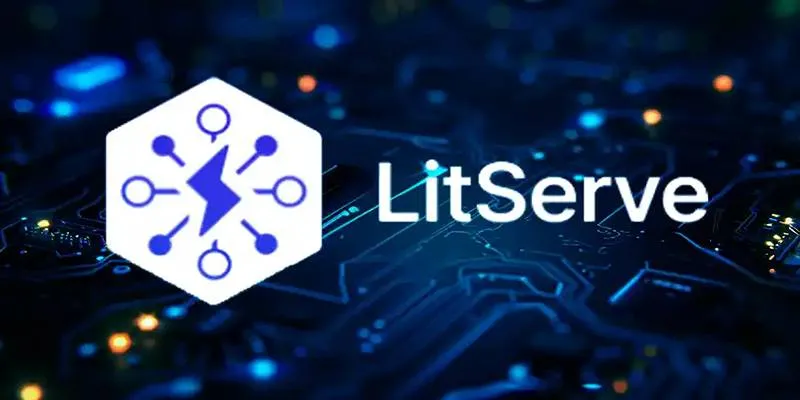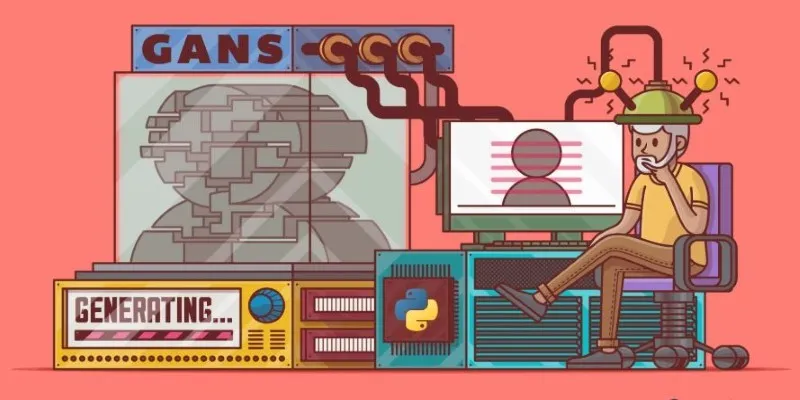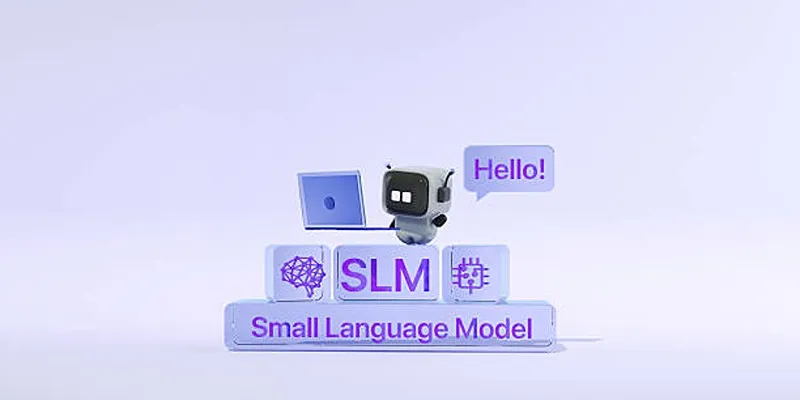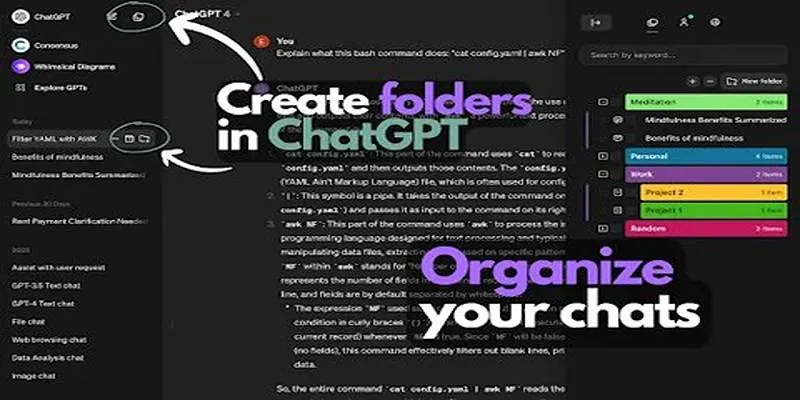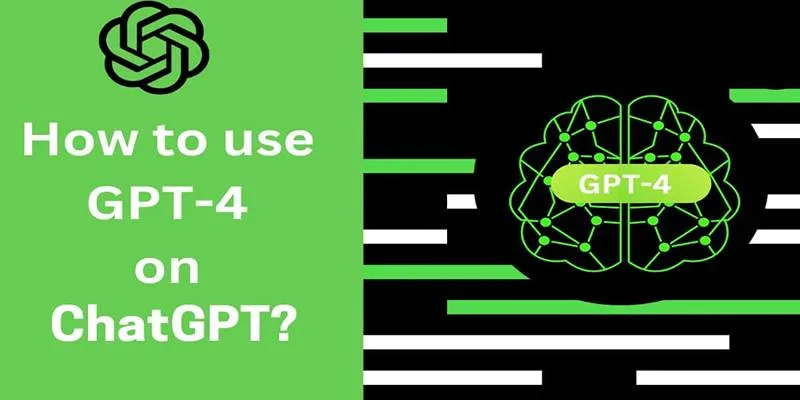Optimizing AI models is crucial to achieving higher efficiency, accuracy, and scalability in different applications. In this article, we will cover significant techniques to optimize AI model performance, including data preprocessing, algorithmic optimization, and hardware optimizations. Through these topics, we aim to provide developers with actionable advice on how to effectively improve their models.
Introduction to AI Model Optimization
Optimization of AI models is essential for their effectiveness in real-world deployment. An optimized model can process data more quickly, provide accurate predictions, and decrease computational expense, making it viable for deployment at scale. Optimization also improves the model’s adaptability, allowing it to work with heterogeneous datasets and dynamic environments. Not only does this enhance user experience, but optimization also helps accelerate innovations in various industries like healthcare, finance, and transportation.
Common Challenges in AI Model Performance

Recognizing and overcoming issues that occur during development and deployment is crucial for solving AI model performance. Below are some common challenges encountered:
- Data Quality Problems: Inadequate or poor data can result in misleading model predictions.
- Overfitting and Underfitting: Models that don’t generalize well to new data can result in unstable outcomes.
- Lack of Computational Resources: High-performance AI models tend to require significant hardware and processing resources.
- Bias in Data or Model: Training data containing bias can lead to discriminatory or unethical decision-making results.
- Model Interpretability: Advanced models can be opaque, and their decision-making process might not be clear.
Key Optimization Techniques
Optimization of AI models consists of a series of techniques used to enhance performance, minimize computation costs, and maximize efficiency. Some key techniques are discussed below in detail:
1. Hyperparameter Tuning
Hyperparameter tuning is a crucial AI model optimization technique focused on discovering the optimal set of parameters to improve model performance. Hyperparameters, as opposed to model parameters, are defined before training and determine factors such as learning rate, batch size, and the number of hidden layers in a neural network. Inappropriately selected hyperparameters can cause underfitting or overfitting, harming model accuracy and generalization.
Common methods for hyperparameter tuning include grid search, random search, and Bayesian optimization. Grid search considers all possible hyperparameter value combinations, while random search samples random configurations within defined ranges, potentially producing faster outcomes. Bayesian optimization applies a probabilistic model to iteratively find the best settings, making it suitable for computationally intensive models.
2. Model Pruning
Model pruning is an effective method of optimizing AI models by reducing their complexity without compromising much on accuracy. It involves identifying and eliminating lesser-weighted weights, neurons, or even full layers from a neural network. This technique simplifies the model, resulting in lower computational resource usage and shorter inference times, making it well- suited for deployment on edge devices or environments with limited resources.
Pruning techniques can be structured or unstructured. Structured pruning deletes entire elements like channels or filters while keeping the model’s architecture intact. Unstructured pruning targets the deletion of single weights, usually leaving the model sparse. These operations are typically done after the initial training process, with subsequent fine-tuning to restore performance. Model pruning not only improves efficiency but also facilitates scaling AI solutions to various applications, ensuring cost-effectiveness without major sacrifices in forecasting ability.
3. Quantization
Quantization is an optimization method that reduces numerical precision, like weights and activations, from high-bit representations (e.g., 32-bit float) to low-bit ones (e.g., 8-bit integers). This minimizes memory usage and computation requirements, allowing faster inference and reduced power consumption, particularly on hardware-constrained platforms like edge devices and mobile devices.
While quantization can slightly decrease accuracy, methods such as post- training quantization or quantization-aware training can mitigate this effect while ensuring acceptable performance. Reduced precision facilitates more efficient and deployable quantized models in resource-limited environments. Quantization strikes a balance between efficiency and accuracy, making it critical in scaling AI models and achieving environmental sustainability.
4. Knowledge Distillation
Knowledge distillation is a technique used for AI optimization where a larger, more complex model (teacher) transfers knowledge to a smaller model (student). The student model learns the ultimate outputs and the soft probabilities of the teacher, which provide valuable data information. This allows the student model to achieve similar accuracy with relatively minimal computational loads.
Knowledge distillation is particularly well-suited for applying AI in low- resource environments such as edge computing or mobile devices. By reducing model size and complexity with minimal loss of accuracy, it allows for accelerated inference, decreased energy consumption, and scalable implementation, making it one of the principal tools in today’s AI optimization landscape.
5. Transfer Learning
Transfer learning is an effective optimization method that leverages knowledge from pre-trained models to solve related new tasks. Instead of building a model from scratch, transfer learning uses an existing model built on a vast dataset as a base and fine-tunes it for a specific problem. This approach is highly effective when the target task dataset is small since the pre-trained model has already learned useful feature representations from the source dataset.
For instance, a model trained on a large image dataset can be fine-tuned for specific medical images with minimal changes. Transfer learning dramatically reduces training time and computing requirements while usually delivering outstanding performance even with sparse data. It is a versatile technique employed in applications such as natural language processing, computer vision, and speech recognition. By building on existing models, transfer learning accelerates AI innovation, optimizing performance across various domains.
Scalability and Efficiency

Transfer learning not only improves performance and reduces training time but also enhances the scalability and efficiency of AI models. With transfer learning, pre-trained models can be used as building blocks for larger and more complex models. This makes scaling up AI systems for various applications easier without starting from scratch every time.
Moreover, transfer learning allows for model reuse, reducing the need for large amounts of data to train a new model from scratch. This is particularly beneficial in cases where obtaining sufficient data can be challenging or expensive.
Conclusion
Optimizing AI models enhances efficiency, scalability, and performance. Techniques like hyperparameter tuning, pruning, and transfer learning improve accuracy while reducing computational demands. These strategies enable AI to thrive in resource-limited settings, driving innovation and creating sustainable, high-impact solutions.
 zfn9
zfn9









